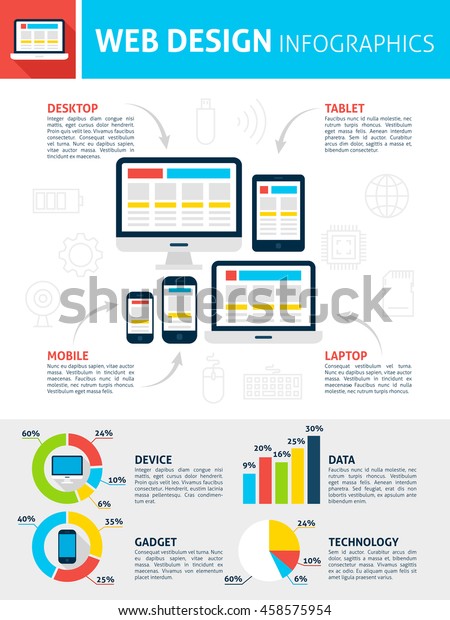Join Us As We Embark On A Trip With Time, Checking Out The Advancement Of Website Layout And Just How It Has Affected The Electronic Landscape
Join Us As We Embark On A Trip With Time, Checking Out The Advancement Of Website Layout And Just How It Has Affected The Electronic Landscape
Blog Article
Web Content By-Abel Cantu
In the past, websites were straightforward and focused on info. Navigation was direct, and style was for desktop computers. Now, individual experience is vital. Recommended Browsing guides designs for easy navigation. Responsive designs suit different devices. Today, dark setting reduces pressure, and minimal menus boost navigation. Interactive functions involve customers, and bold visuals attract attention. AI integration improves engagement. See exactly how design has developed to boost your online trip.
Very Early Days of Web Design
In the very early days of website design, simplicity reigned supreme. Internet sites were basic, with minimal shades, fonts, and layouts. The emphasis was on providing details as opposed to flashy visuals. Users accessed the net via slow dial-up connections, so rate and capability were essential.
Navigation menus were straightforward, generally located at the top or side of the web page. Web sites were created for desktop computers, as mobile surfing wasn't yet prevalent. Find Out More was king, and designers prioritized easy readability over complex design aspects.
HTML was the main coding language utilized, and developers had to function within its restrictions. Animations and interactive functions were minimal compared to today's criteria. Internet sites were fixed, with little vibrant web content or tailored user experiences.
Increase of User-Focused Style
With the advancement of web site design, a shift in the direction of user-focused style concepts has actually come to be increasingly popular. Today, creating web sites that focus on customer experience is crucial for engaging visitors and accomplishing organization objectives. User-focused style entails recognizing the needs, choices, and actions of your target market to customize the site's layout, web content, and features accordingly.
Designers currently carry out thorough research study, such as user studies and functionality screening, to collect understandings and responses directly from customers. This data-driven strategy helps in developing instinctive navigating, clear calls-to-action, and visually appealing user interfaces that resonate with visitors. By positioning the individual at the center of the design process, sites can provide a more customized and satisfying experience.
Receptive design has likewise become a vital facet of user-focused design, guaranteeing that web sites are enhanced for different devices and display sizes. This adaptability improves accessibility and use, catering to the diverse ways users interact with internet sites today. Basically, the rise of user-focused style symbolizes a change towards developing electronic experiences that focus on the needs and assumptions of completion individual.
Modern Trends in Web Design
Discover the current trends shaping web design today. web design and development services is dark setting style, providing a streamlined and modern-day look while reducing eye pressure in low-light atmospheres. An additional crucial pattern is minimal navigating, streamlining food selections and enhancing individual experience by concentrating on essential elements. Integrating micro-interactions, such as computer animated switches or scrolling effects, can develop a much more appealing and interactive site. Responsive layout continues to be essential, making sure smooth individual experiences across different devices. Furthermore, making use of bold typography and asymmetrical formats can include aesthetic interest and draw attention to details web content.
Incorporating AI technology, like chatbots for consumer assistance or personalized referrals, boosts individual engagement and simplifies procedures. Accessibility has likewise come to be a significant fad, with designers prioritizing comprehensive layout methods to satisfy varied customer demands. Embracing sustainability by maximizing website efficiency for speed and performance is another emerging pattern in website design. Teaming up with individual responses and data analytics to repeat and boost design constantly is essential for remaining appropriate in the ever-evolving electronic landscape. By welcoming these modern-day trends, you can create a visually appealing, straightforward website that reverberates with your target market.
Final thought
As you review the advancement of site layout from the early days to now, you can see exactly how user-focused style has ended up being the driving force behind contemporary patterns.
Welcome the journey of adjustment and adjustment in website design, constantly keeping the user experience at the leading edge.
Keep current with the most recent fads and innovations, and never quit evolving your strategy to develop visually magnificent and easy to use web sites.
Evolve, adapt, and create - the future of web design remains in your hands.
